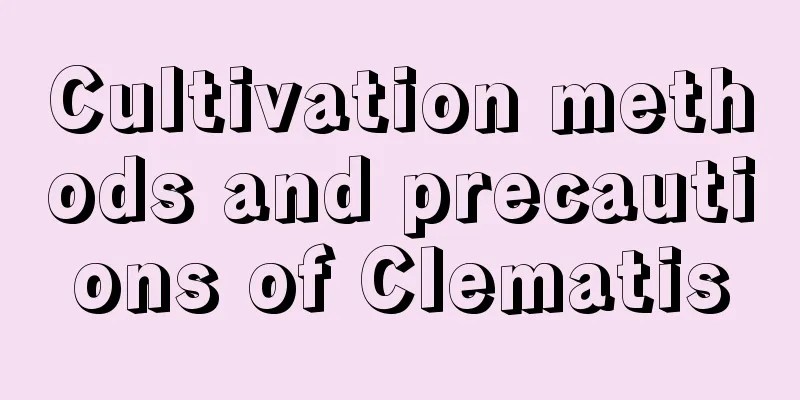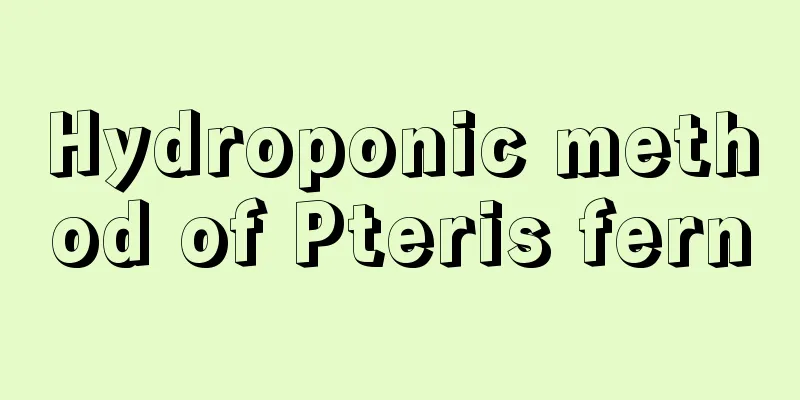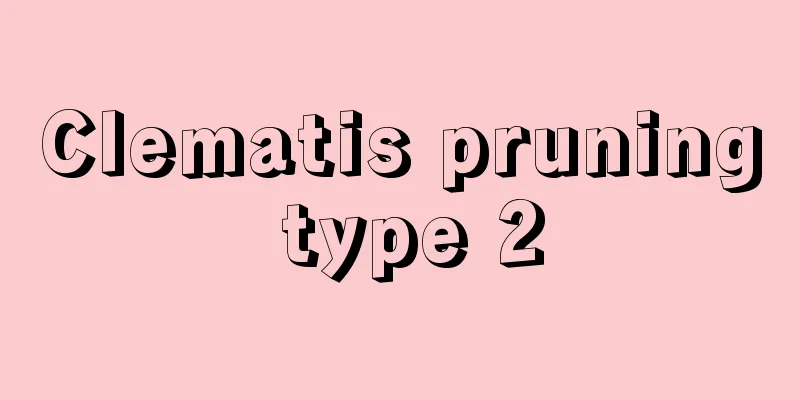Cultivation methods and precautions of Clematis

How to cultivate ClematissoilTo grow Clematis chinensis, the soil must be loose and have a deep layer. The soil must have strong air permeability. When choosing the substrate, you can use some peat soil or bark to enhance the air permeability. Light and temperatureClematis prefers a warm, semi-shady growing environment. During the growth period, it needs to maintain sufficient light. Before the Clematis blooms, appropriately increasing the light can promote flowering. The temperature needs to be kept within a suitable range. The suitable growth temperature for Clematis is between 25℃ and 35℃. If the temperature is lower than 15℃, the leaves may become ugly. Watering and fertilizingClematis likes a humid growing environment and needs to maintain a high humidity, but be careful not to have water accumulation to avoid root rot, and ventilate frequently to avoid bacteria. When applying fertilizer, you need to apply some decomposed fertilizer when planting and apply top dressing during the growing period. Mainly use compound fertilizer, and add more nitrogen, phosphorus and other elements. Reproduction methodThe main method of propagation of Clematis is sowing, which is carried out in September. Or in early spring, you can use the root buds of Clematis to propagate it, or you can propagate it by cuttings and layering. Things to note when growing ClematisPests and diseasesClematis has fewer diseases and pests. When the temperature is high and humidity is high in July, Clematis is prone to black spot disease, and if there is water accumulation in the soil, it will cause root rot. It is necessary to pay attention to some of the hazards caused by these reasons. pruneIn order to promote the growth of the root system, it is necessary to properly cut off the dense branches of the Clematis chinensis. Cutting off flower buds during the flowering period can reduce nutrient consumption. Trimming the leaves at the bottom of the plant can allow ventilation and light to pass through. ScaffoldingThe purpose of building a shed is to allow the Clematis to climb and grow, making it more beautiful. |
<<: If you can’t grow flowers well indoors, it’s because you didn’t follow these 5 rules
>>: Breeding methods and precautions of Emperor Crown
Recommend
Can I plant an osmanthus tree at home?
Can I plant an osmanthus tree at home? Osmanthus ...
Can activated carbon be used as fertilizer?
Activated carbon as fertilizer Activated carbon i...
How to plant ash bonsai
1. Downhill pile 1. If conditions permit, you can...
Precautions for transplanting Chlorophytum comosum, methods and maintenance techniques for transplanting Chlorophytum comosum in spring and autumn
Before repotting, you must first prepare the flow...
What soil is used to grow desert roses?
1. Soil The soil for growing desert roses should ...
The more you water these 11 kinds of flowers in summer, the faster they die!
Fuchsia How to care for it during the dormant per...
The difference between hollow bubble and raspberry
Hollow bubble The hollow bubble is also known as ...
Cultivation methods and precautions of Begonia
1. Breeding methods 1. Soil: It is best to choose...
How to raise purple cashmere
1. Maintenance methods 1. Temperature Like many f...
How to prune four-season plum
1. Pruning method Pruning is an important step fo...
The language and meaning of hyacinth
1. Flower language The flower language of hyacint...
The whole process of Schisandra chinensis planting method
Schisandra chinensis is a Chinese medicinal mater...
Cultivation methods and precautions for potted banyan trees
The scientific name of the Golden Money Ficus is ...
Orange Monroe cultivation methods and precautions
1. Maintenance methods 1. Flower soil: When growi...
The growth environment and local conditions of an arrow
Growth environment and conditions of an arrow The...









